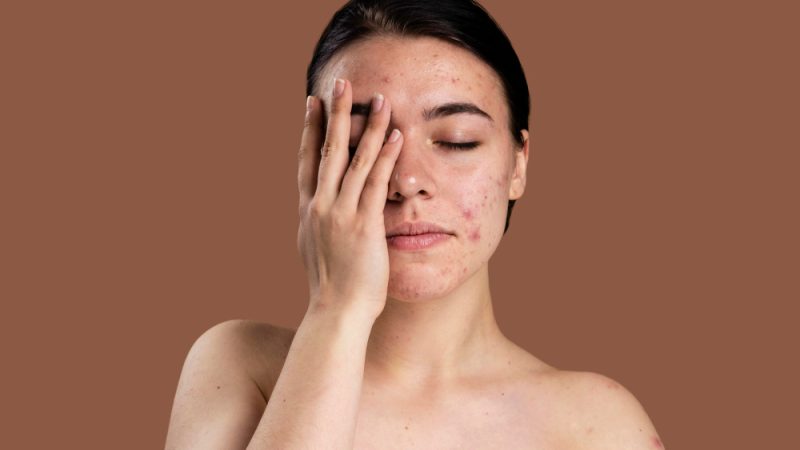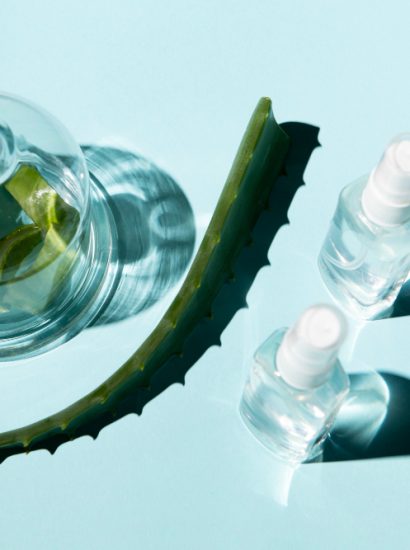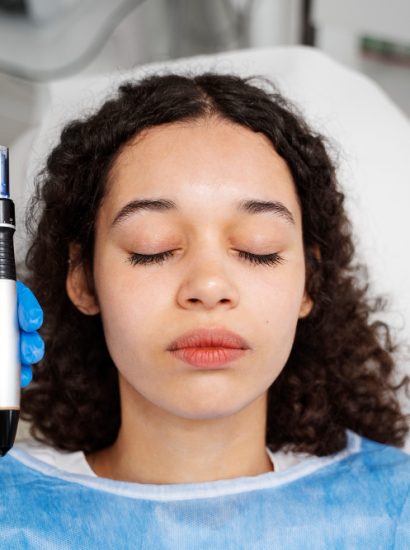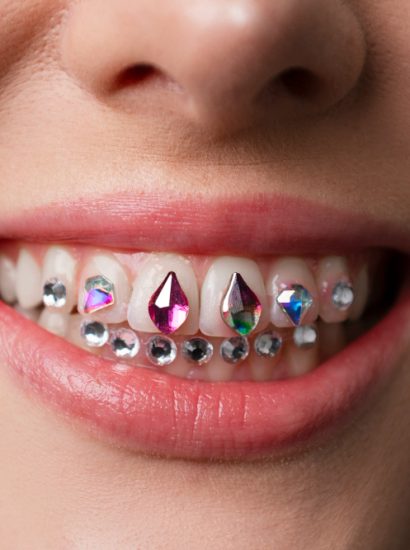Acne is one of the most common skin concerns in the world, affecting both teenagers and adults. Breakouts can be frustrating, unpredictable, and sometimes painful. They can also affect self confidence, especially when they persist or leave scars. The good news is that acne is highly treatable when you understand what causes it and how to manage it correctly. This complete guide covers the types of acne, the best treatment options, lifestyle habits that support clear skin, and how to build a routine that works for you.
What Causes Acne
Acne is caused by a combination of excess oil production, clogged pores, bacteria, and inflammation. The skin naturally produces oil to keep itself hydrated, but when too much oil mixes with dead skin cells, pores become blocked. This creates a perfect environment for bacteria to grow. Hormones also play a major role, especially during puberty, menstruation, or times of increased stress. Genetics can influence how prone you are to breakouts. Environmental factors such as pollution and humid weather can worsen clogged pores. Understanding these triggers is the first step in managing acne effectively.
Understanding Different Types of Acne
Not all acne appears the same, and different types require different approaches. Whiteheads form when pores are clogged but remain closed. Blackheads occur when the surface of the clogged pore is exposed to air, causing oxidation. Papules are small red bumps that may feel tender. Pustules look similar but contain white or yellow pus. Nodules are deeper, painful lumps under the skin. Cystic acne is the most severe type, involving large, inflamed lumps that can lead to scarring. Identifying your acne type helps determine the best treatment approach.
Daily Skincare Routine for Acne Prone Skin
A consistent skincare routine is essential for managing acne. Start with a gentle cleanser to remove dirt and oil without stripping the skin. Avoid harsh scrubs that can irritate the skin and worsen inflammation. Use a treatment product targeted for acne such as salicylic acid or benzoyl peroxide. Follow with a lightweight, non comedogenic moisturizer to keep the skin balanced. Always apply sunscreen during the day to prevent dark spots and irritation. A simple routine with effective ingredients is more beneficial than using too many products at once.
Over the Counter Acne Treatments
There are several over the counter ingredients that are proven to help reduce acne. Salicylic acid penetrates pores, removes oil buildup, and prevents future blockages. Benzoyl peroxide kills acne causing bacteria and reduces inflammation. Sulfur helps control excess oil. Alpha hydroxy acids exfoliate dead skin cells and improve skin texture. These products are widely used and effective for mild to moderate acne. It is important to introduce one product at a time and use it consistently to avoid irritation and monitor results.
Prescription Treatments for More Severe Acne
For moderate to severe acne, prescription treatment may be necessary. Dermatologists often prescribe topical retinoids to increase cell turnover and prevent clogged pores. Antibiotic creams or oral antibiotics reduce bacteria and inflammation. Hormonal treatments such as certain birth control pills or medications like spironolactone help regulate hormonal imbalance that triggers acne. For severe cystic acne, isotretinoin may be recommended. This treatment targets oil production at the root and offers long term results. Professional guidance is essential to choose the right prescription option and ensure safe usage.
Professional In Clinic Acne Treatments
Many people choose in clinic treatments to speed up their acne clearing process or address stubborn breakouts. Chemical peels use acids to exfoliate the skin and unclog pores. Laser therapy targets inflammation and reduces oil production. Light based therapies kill acne causing bacteria. Microneedling helps improve acne scarring and overall texture. Extractions done by trained professionals safely remove blackheads and whiteheads. While these treatments can be highly effective, they work best when combined with a consistent at home skincare routine.
Lifestyle Habits That Support Clear Skin
Skincare products are important, but lifestyle habits also play a major role in acne management. Stress can trigger hormonal responses that worsen breakouts, so practicing relaxation techniques can help. A diet rich in vegetables, fruits, and whole foods may support skin health while reducing high sugar or dairy intake may help some individuals who are sensitive to these triggers. Drinking enough water keeps skin hydrated and functioning properly. Washing pillowcases regularly, avoiding touching your face, and cleaning your phone screen can reduce bacteria exposure. Simple habits can make a noticeable difference.
Common Mistakes That Make Acne Worse
Many people unintentionally worsen their acne through bad habits. Over washing or scrubbing the skin can cause irritation and lead to more breakouts. Using too many active ingredients at once may damage the skin barrier. Picking or popping pimples increases inflammation and can lead to scarring. Applying heavy or comedogenic products can clog pores. Skipping sunscreen can worsen dark spots and irritation. Understanding these mistakes can help you adjust your routine and avoid unnecessary flare ups.
How Long Acne Treatment Takes to Work
One of the biggest challenges in treating acne is patience. Most treatments take several weeks to show results. Over the counter ingredients may take four to six weeks to improve mild acne. Prescription treatments may take eight to twelve weeks to fully show effectiveness. In clinic procedures may deliver faster results, but still require consistency. Acne does not disappear overnight, and stopping treatment early can cause the problem to return. Understanding the timeline helps maintain realistic expectations and encourages consistency.
When to See a Dermatologist
A dermatologist can help when acne becomes difficult to manage on your own. If your acne is severe, painful, or causing scarring, professional evaluation is essential. Persistent breakouts that do not improve after several weeks of over the counter treatments should also be examined. A dermatologist can identify underlying causes, provide prescription medications, and recommend treatments tailored to your skin type. Seeking help early can prevent long term skin damage and emotional stress related to chronic acne.
Conclusion
Clearing acne requires a combination of the right products, consistent habits, and an understanding of your skin’s needs. From understanding acne causes to exploring treatment options, this guide provides a complete approach to managing breakouts. Whether you choose over the counter solutions, prescription medications, or professional treatments, consistency and patience are essential. With the right strategy, acne can be controlled and prevented, allowing you to achieve healthier, clearer skin. By learning what works for your unique skin, you can build a routine that supports confidence and long term skin health.
FAQs
What is the first step in treating acne
The first step is identifying your acne type and ensuring you have a simple, consistent skincare routine with gentle cleansing and targeted ingredients such as salicylic acid.
How often should I use acne treatments
Most acne treatments can be used once or twice daily depending on your skin sensitivity. Start slowly to avoid irritation and increase usage gradually.
Does diet affect acne
Some people notice that high sugar or dairy products trigger breakouts. Eating a balanced diet with whole foods may support clearer skin.
Can acne scars be treated
Yes. Acne scars can be improved with treatments such as microneedling, chemical peels, and laser therapy. Early treatment of acne helps prevent scarring.
Is acne permanent
No. Acne can be managed and treated with the right combination of products, habits, and professional care. Most people can achieve long term improvement.
Also read: Medical Grade Skincare Benefits and How to Choose the Right Products





